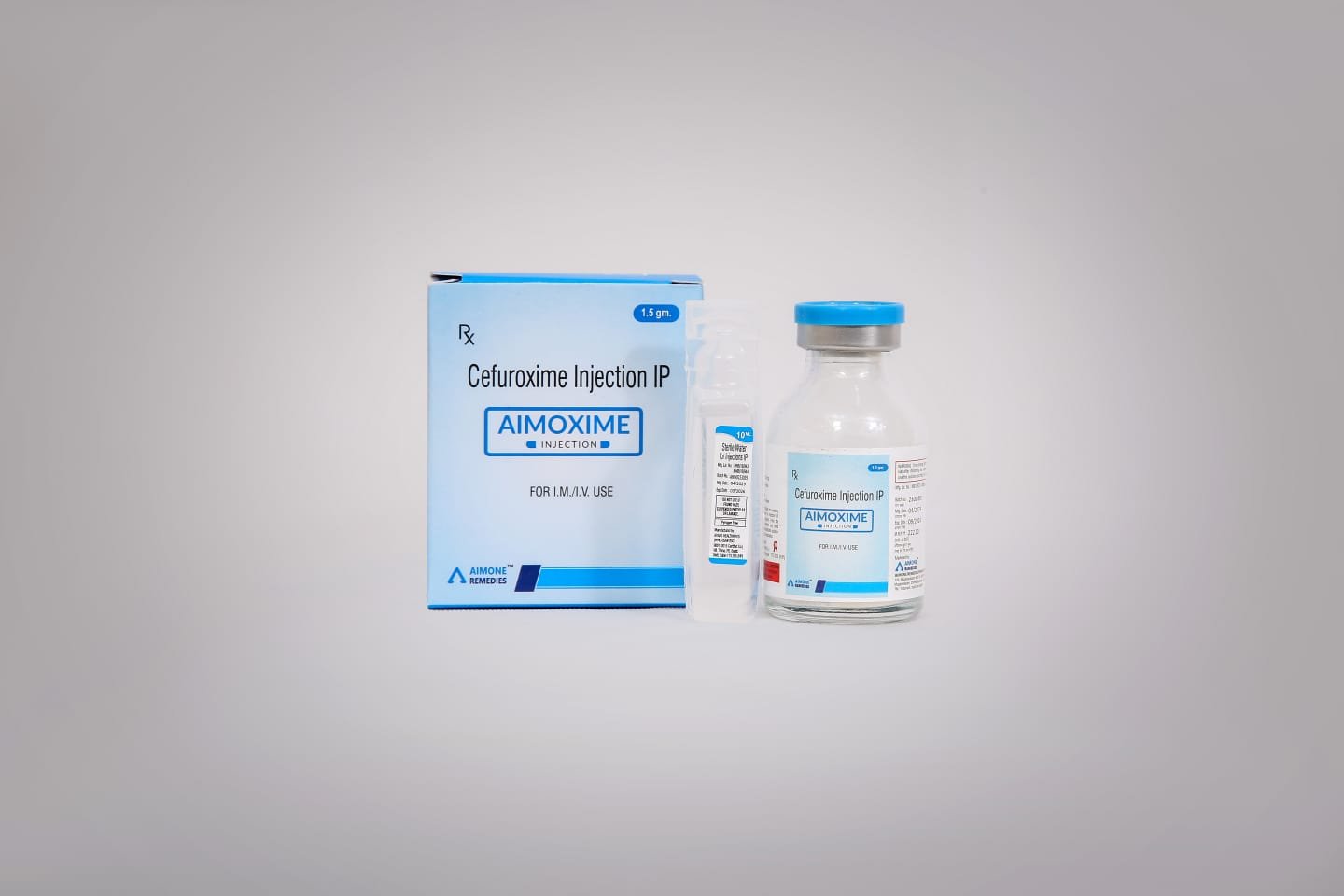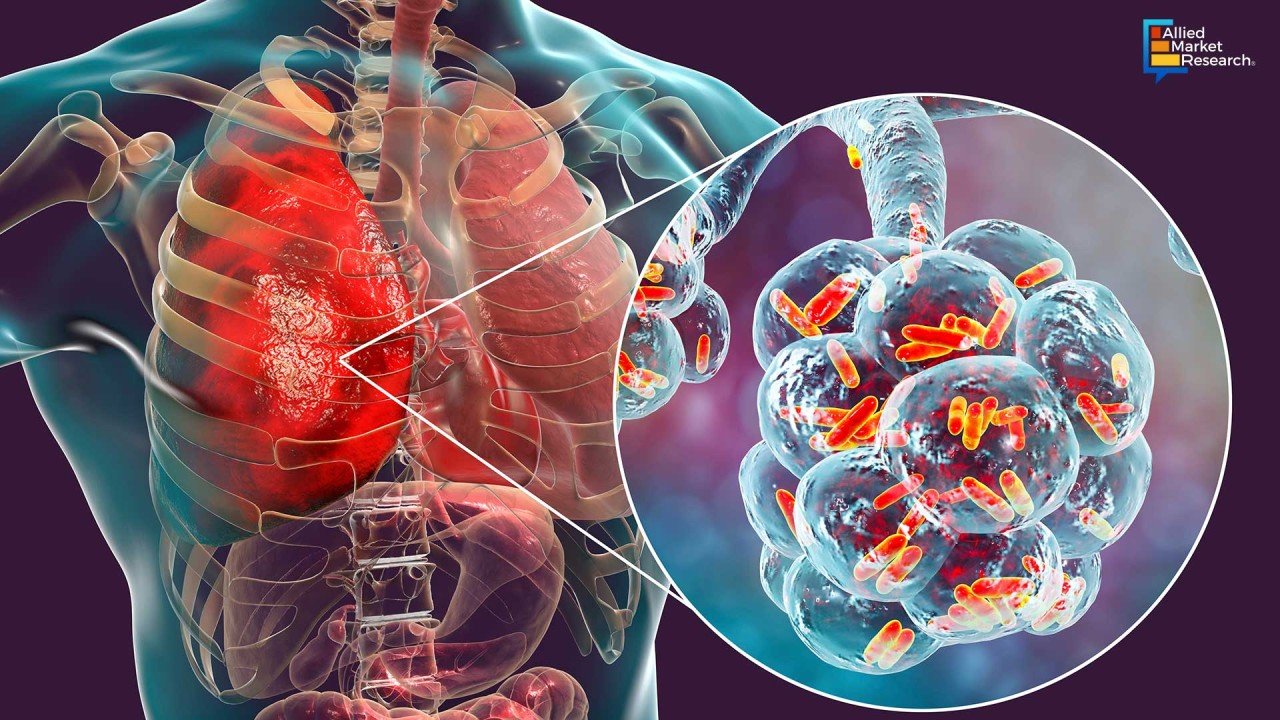
AIMOXIME
Cefuroxime injection
Cefuroxime Injection is a broad-spectrum antibiotic belonging to the second-generation cephalosporin class. It is used to treat various bacterial infections by inhibiting the synthesis of bacterial cell walls, ultimately causing the bacteria to die.

Cefuroxime
Class
Second-generation cephalosporin antibiotic
Action
Cefuroxime works by inhibiting the bacterial enzyme that synthesizes the cell wall, leading to bacterial cell death. It is effective against both gram-positive and gram-negative bacteria.
Stability
It is stable against beta-lactamase-producing bacteria, which makes it more effective against organisms that are resistant to some other antibiotics.

Indications
- Respiratory Tract Infections: Such as pneumonia, bronchitis, and sinusitis.
- Urinary Tract Infections: Including pyelonephritis and cystitis.
- Skin and Soft Tissue Infections: Caused by susceptible bacteria.
- Bone and Joint Infections: Such as osteomyelitis.
- Intra-abdominal Infections: Including peritonitis.
- Meningitis: In some cases, it can be used to treat bacterial meningitis.
- Gonorrhea: Cefuroxime is effective in treating certain sexually transmitted infections like gonorrhea.
Dosage and Administration
Adults:
The typical dose for adults is 750 mg to 1.5 g every 8 to 12 hours, depending on the severity of the infection.Children:
Dosing for children is based on weight, generally between 30-100 mg per kg body weight per day, divided into two or three doses.Administration:
Cefuroxime injection is usually given intravenously (IV) or intramuscularly (IM) by healthcare providers. IV administration is typically preferred for more severe infections.Duration:
The duration of treatment depends on the type of infection and its severity but typically lasts from 5 to 14 days.- Gastrointestinal: Nausea, vomiting, diarrhea, or abdominal pain.
- Allergic reactions: Rash, itching, or anaphylaxis (severe allergic reaction).
- Injection site reactions: Pain, redness, or swelling at the site of injection.
- Hematologic: Temporary changes in blood cell counts, such as low white blood cell or platelet counts.
- Liver Enzyme Elevations: Increased liver enzymes may occur during treatment.
- Caution is advised in patients with a history of allergy to cephalosporins or penicillins.
- Adjustments may be needed for patients with renal (kidney) impairment.
- As with all antibiotics, prolonged use can lead to a secondary infection, such as yeast infections, or resistance..
Side Effects
Common side effects include:
